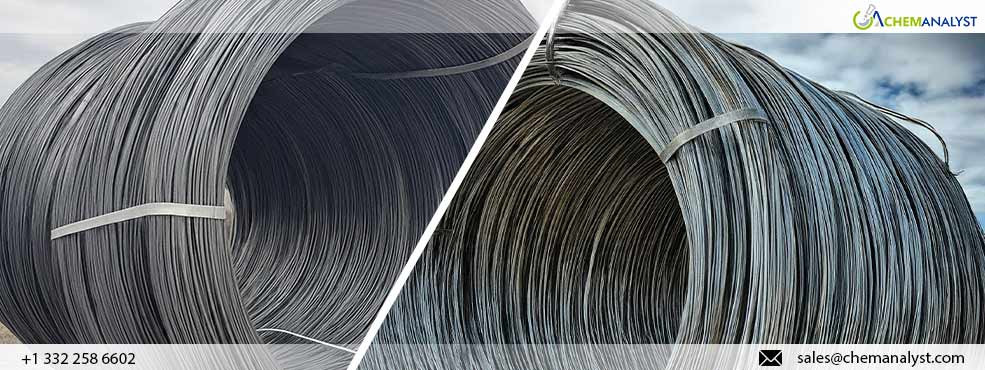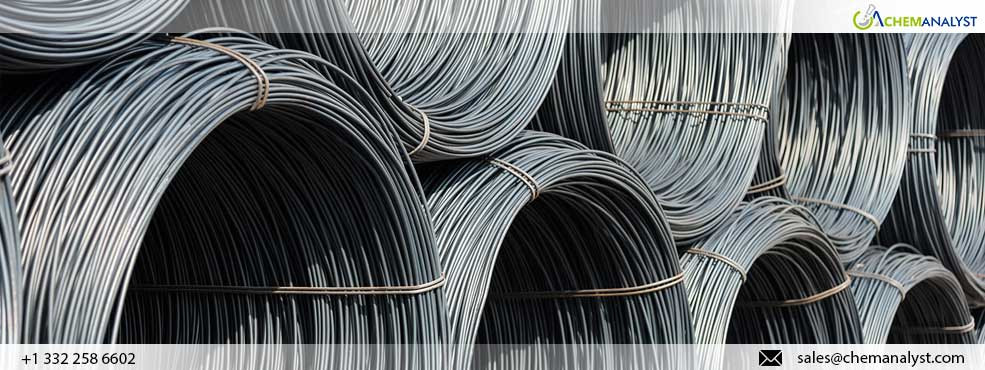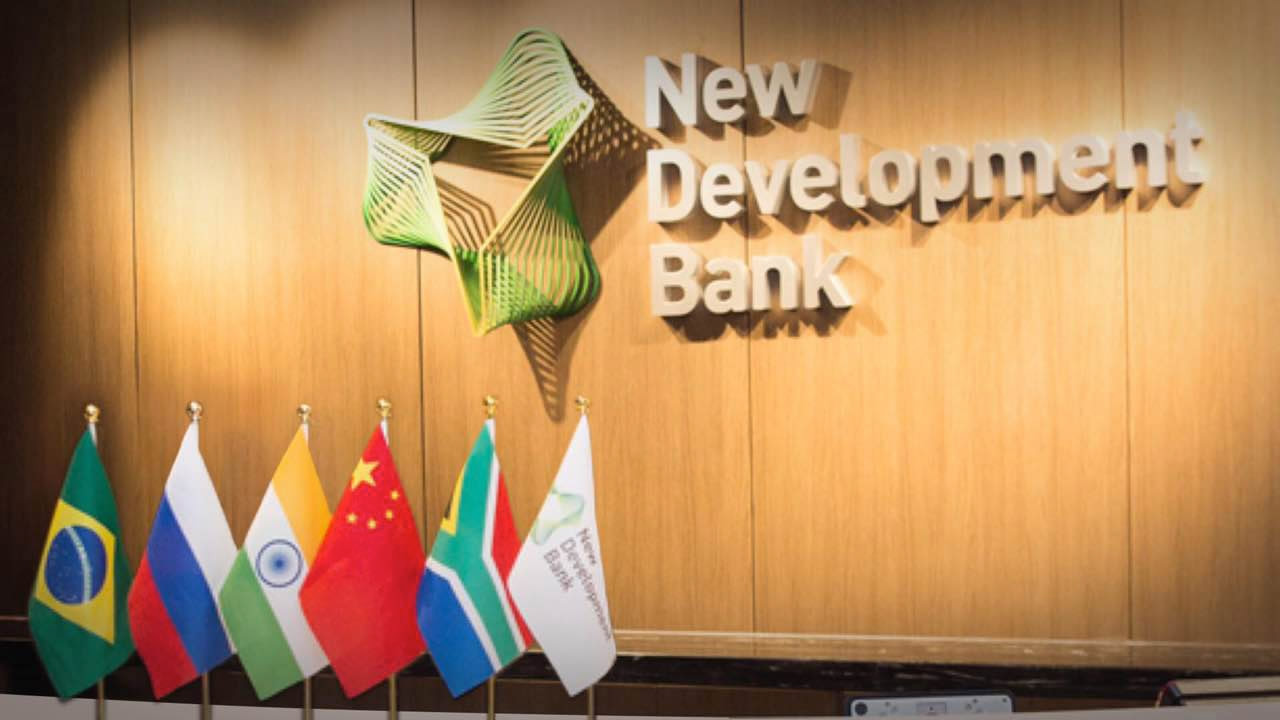Steel Wire Rod Market Trends: A Tale of Two Regions
US Steel Wire Rod: A Cautious Optimism
The prices of Steel Wire Rod increases, marking a pivotal moment after a prolonged period of cautious activity. Additionally, the U.S. steel supply chain exhibited a reserved approach, marked by hesitancy in restocking and major investments due to uncertainties surrounding upcoming federal policy changes. This period of strategic waiting resulted in moderate supply levels, maintaining stability but limiting the potential for significant surpluses. Conversely, current Vice President Kamala Harris’s approach emphasized sustained federal investment in public infrastructure and sectors like semiconductor manufacturing, which has previously kept steel mills engaged and employment steady, as highlighted by members of the United Steelworkers. Moreover, Steel-related companies and unions largely refrained from political endorsements, yet discussions implied that Harris's policies could result in continued steady production without triggering significant inflation, whereas Trump's potential policy changes hinted at higher supply activity accompanied by potential inflationary pressure. Furthermore, the demand side remained cautious but showed hints of potential growth. Public and private sectors were poised for significant policy-driven impacts depending on the election outcomes.
German Steel Wire Rod: A Landscape of Fluctuations
The prices of Steel Wire Rod in Germany decrease due to market fluctuation. Additionally, Germany’s Steel Wire Rod supply scenario presented a mixed picture during this period. According to Wirtschaftsvereinigung Stahl (WV Stahl), crude steel output in Germany increased. Despite the uptick in production, the market faced challenges. Moreover, demand for Steel Wire Rod in Germany and broader Europe remained weak throughout October. Furthermore, some buyers were reluctant to make purchases at elevated levels, leading to minimal trading activity. Key sources noted that trading for Steel Wire Rod was quiet, as buyers waited for clearer market signals. Additionally, other Asian suppliers were present but largely considered competitive by local buyers. This competitive import environment added to the downward pressure on domestic prices.
Chinese Steel Wire Rod: A Resurgence in Demand
The price of Steel Wire Rod in China rose, driven by fluctuations in the market and a series of supportive domestic measures. Moreover, the supply of Steel Wire Rod in late October showcased a stable trend, maintaining adequate availability to support upward price movements. This stability was underpinned by China's strategic efforts to bolster the steel industry, including government-backed stimulus initiatives aimed at revitalizing economic activity. Additionally, the Steel Wire Rod market benefited from the recovery in China’s manufacturing sector, which returned to expansion in October after five months of contraction. This rebound was marked by a surge in new orders and consumer spending on goods such as cars and home appliances, spurred by government subsidies. The home appliance, shipbuilding, and clean energy sectors played pivotal roles in bolstering Steel Wire Rod demand.
A Balanced Outlook
As per ChemAnalyst, the Steel Wire Rod market in the USA, Germany, and China is anticipated to remain stable, with a balance between demand and supply.
Steel Wire Rod Market: A Global Perspective
As of late 2024, the steel market is seeing mixed signals across different regions, primarily influenced by shifts in demand, supply chain issues, and geopolitical tensions. Here are some key points:
Demand Dynamics
In the United States, demand remains steady but has cooled compared to the post-pandemic surge, with the automotive and construction sectors facing softer demand. In Europe, economic uncertainties are dampening steel consumption, particularly in the housing and industrial sectors. Meanwhile, emerging economies, especially in Asia, are seeing robust demand growth as infrastructure projects ramp up.
Supply Chain Challenges
Energy costs have stayed elevated, significantly affecting steel production costs. In Europe, energy-intensive industries, including steel production, continue to face pressure from high electricity and gas prices. Additionally, raw material costs, especially iron ore, stayed higher due to supply chain disruptions and environmental regulations, particularly in China.
Raw Material Volatility
Iron ore and metallurgical coal prices have experienced fluctuations due to supply constraints, particularly in Australia and Brazil, along with China’s demand shifts. Additionally, the increased energy cost in Europe has raised production costs, with some producers facing narrower margins or passing costs onto buyers.
Decarbonization Efforts
The steel industry is heavily focused on decarbonization, investing in “green steel” technologies like hydrogen-based production and electric arc furnaces. However, these initiatives are still in the early stages, and the higher costs associated with green steel are currently a barrier to widespread adoption.
Trade Policies and Geopolitical Factors
Trade policies continue to impact the market, especially with tariffs on steel imports in the US and Europe, aimed at protecting domestic producers. These policies are causing shifts in supply chains as countries seek alternative markets or partners. This may change further depending on the outcome of the US elections.
Looking Ahead: A Cautious Optimism
Overall, the steel market outlook is cautiously optimistic but faces headwinds from high production costs, oversupply, environmental pressures, and uneven global demand. Energy costs and geopolitical developments will be the key influences on steel prices as we head into 2025. The future of the steel market hinges on navigating these challenges and adapting to the evolving landscape.


















